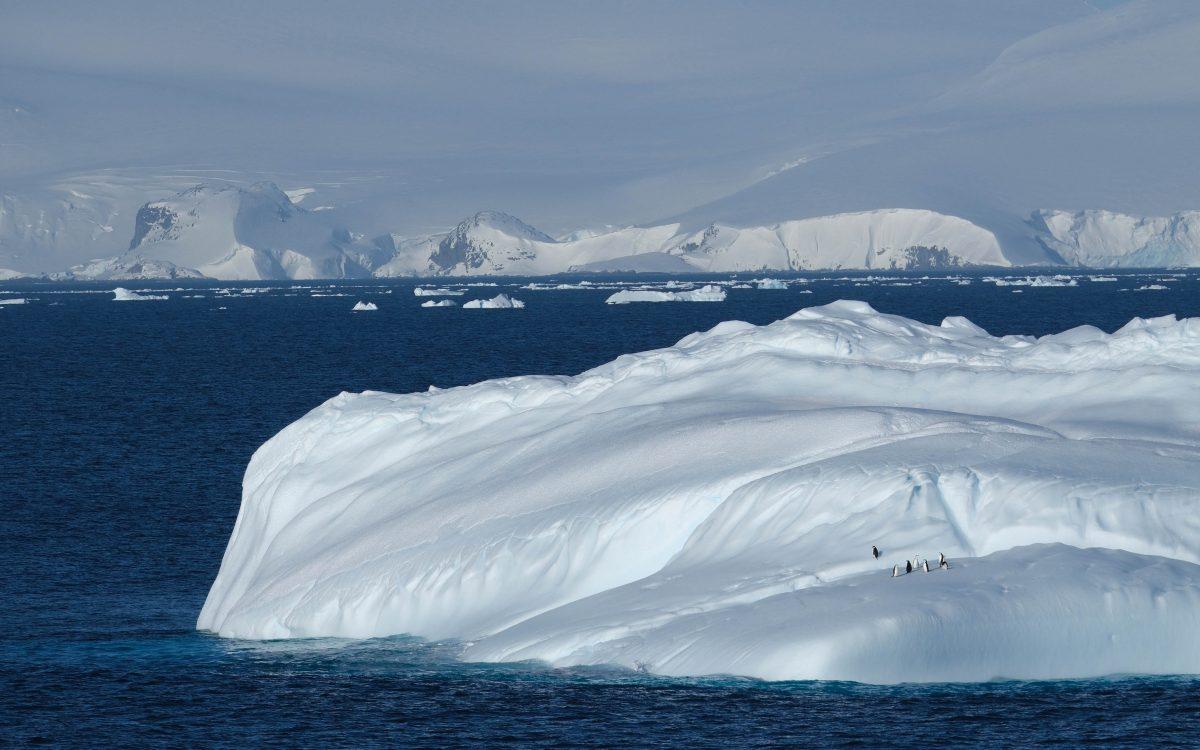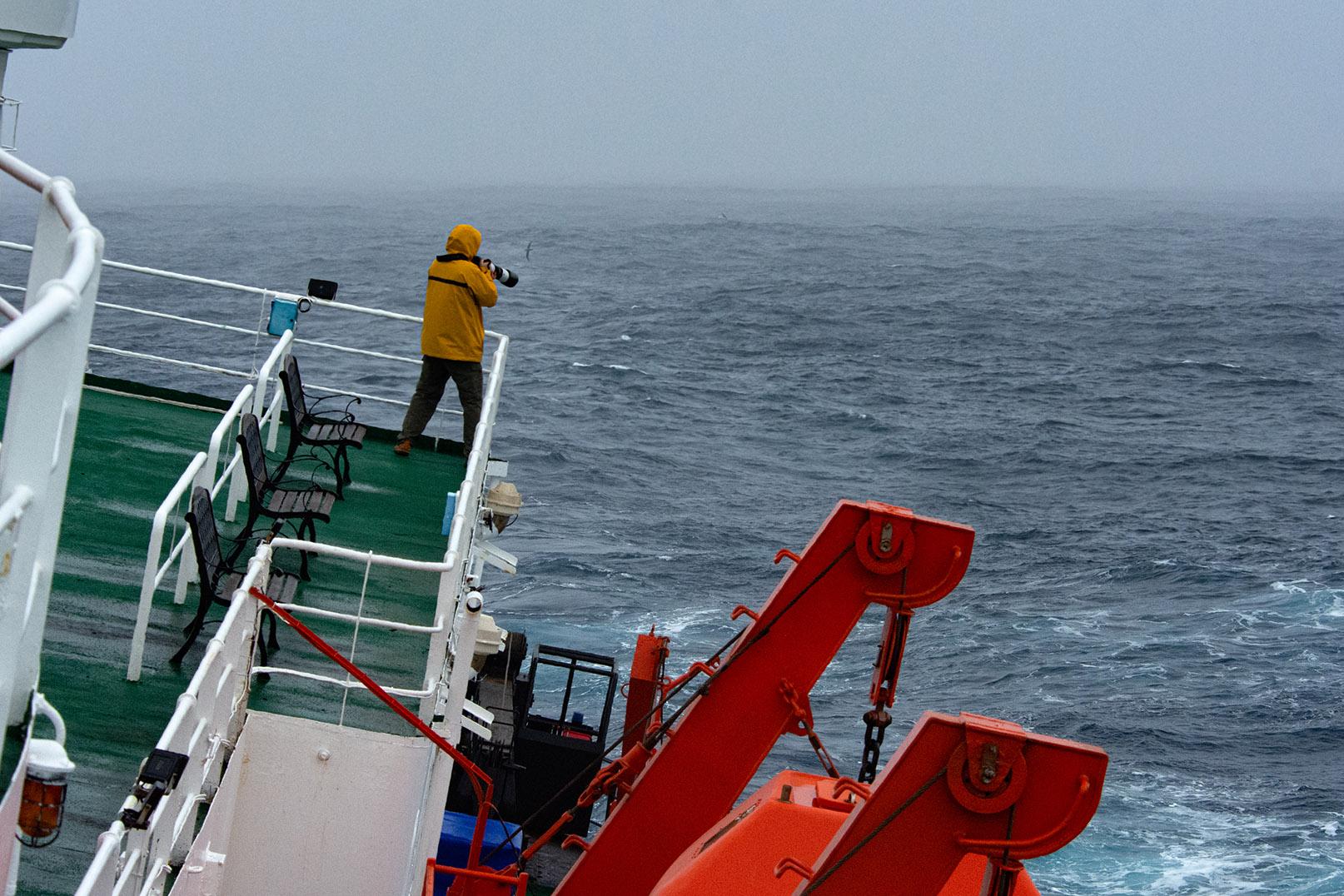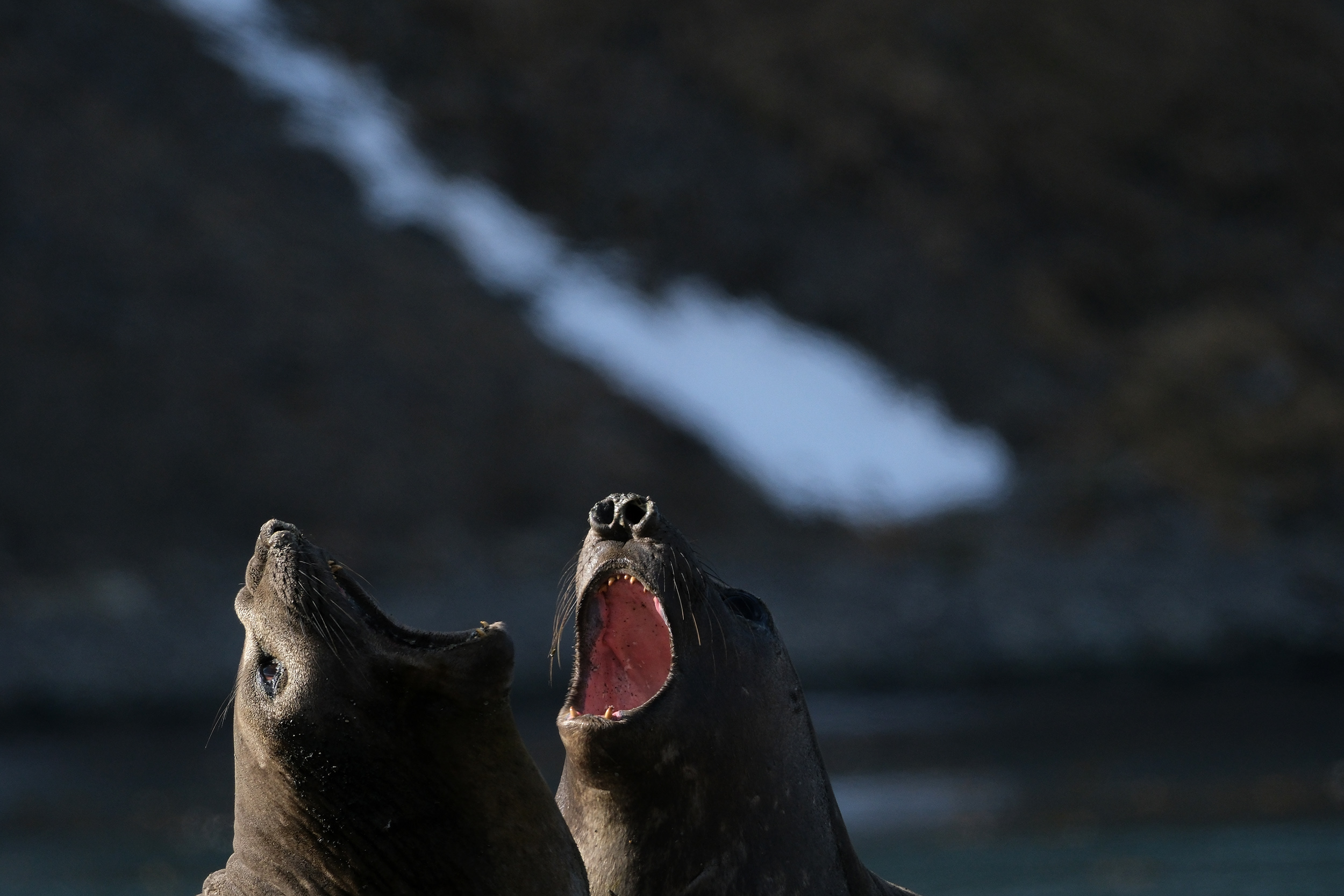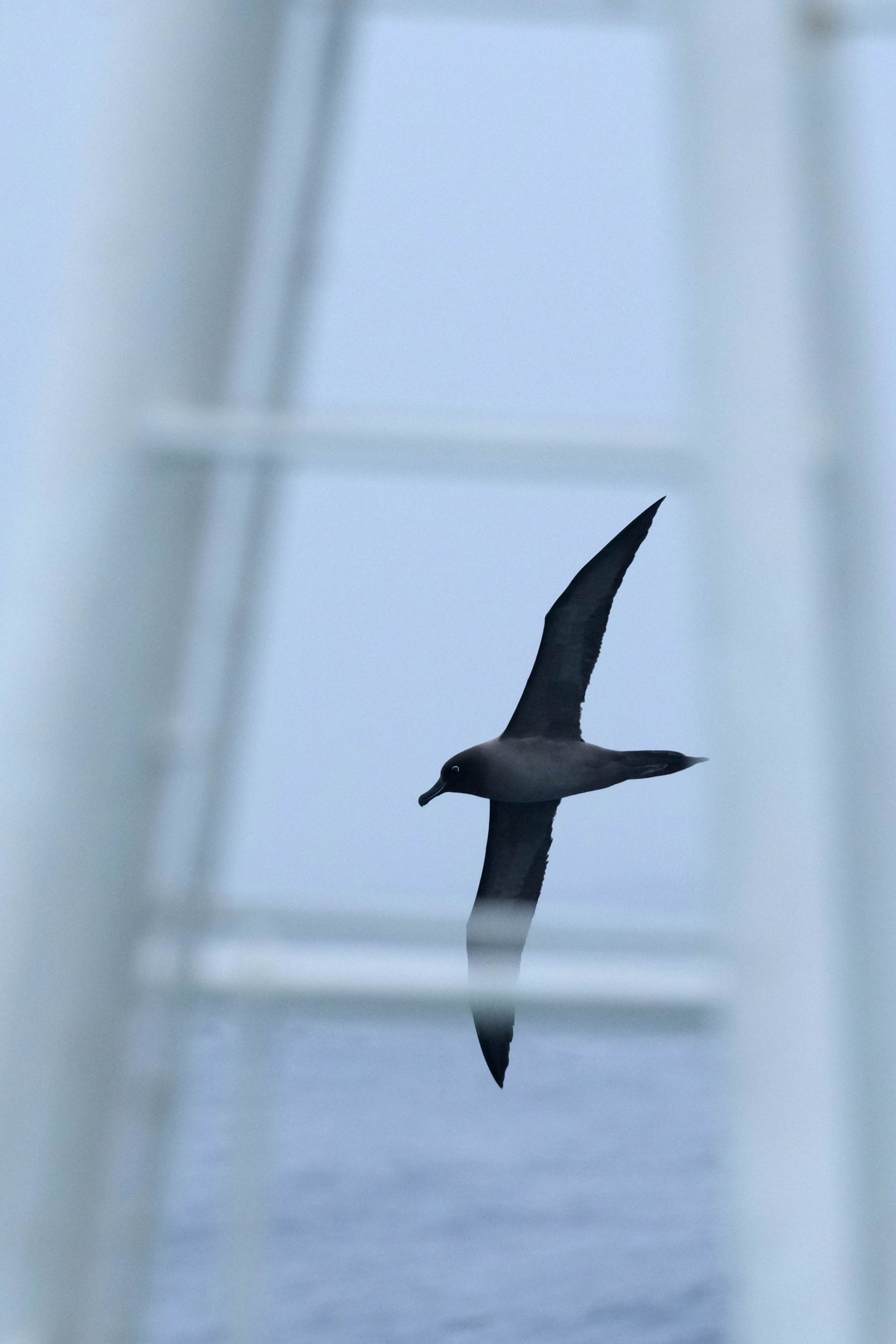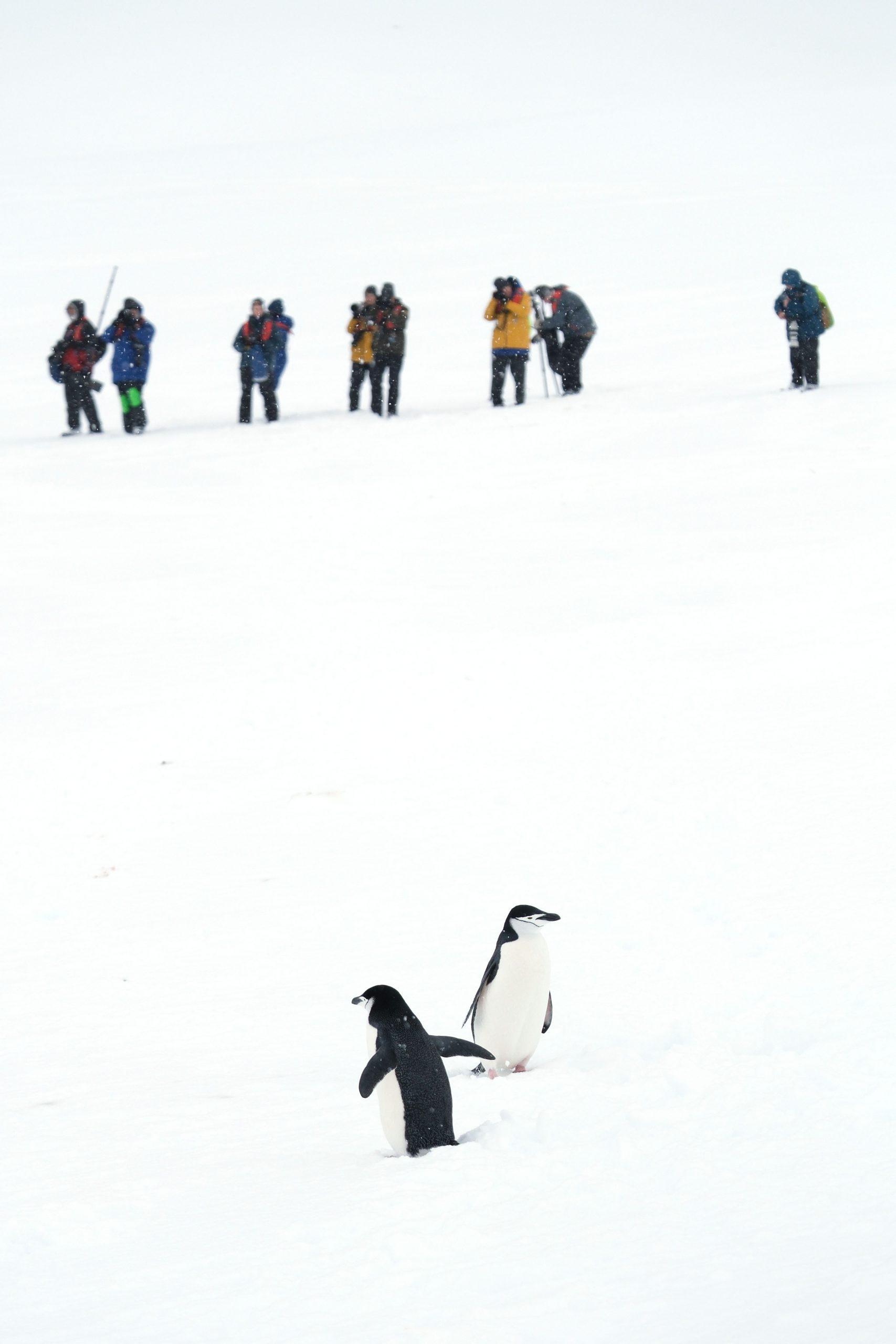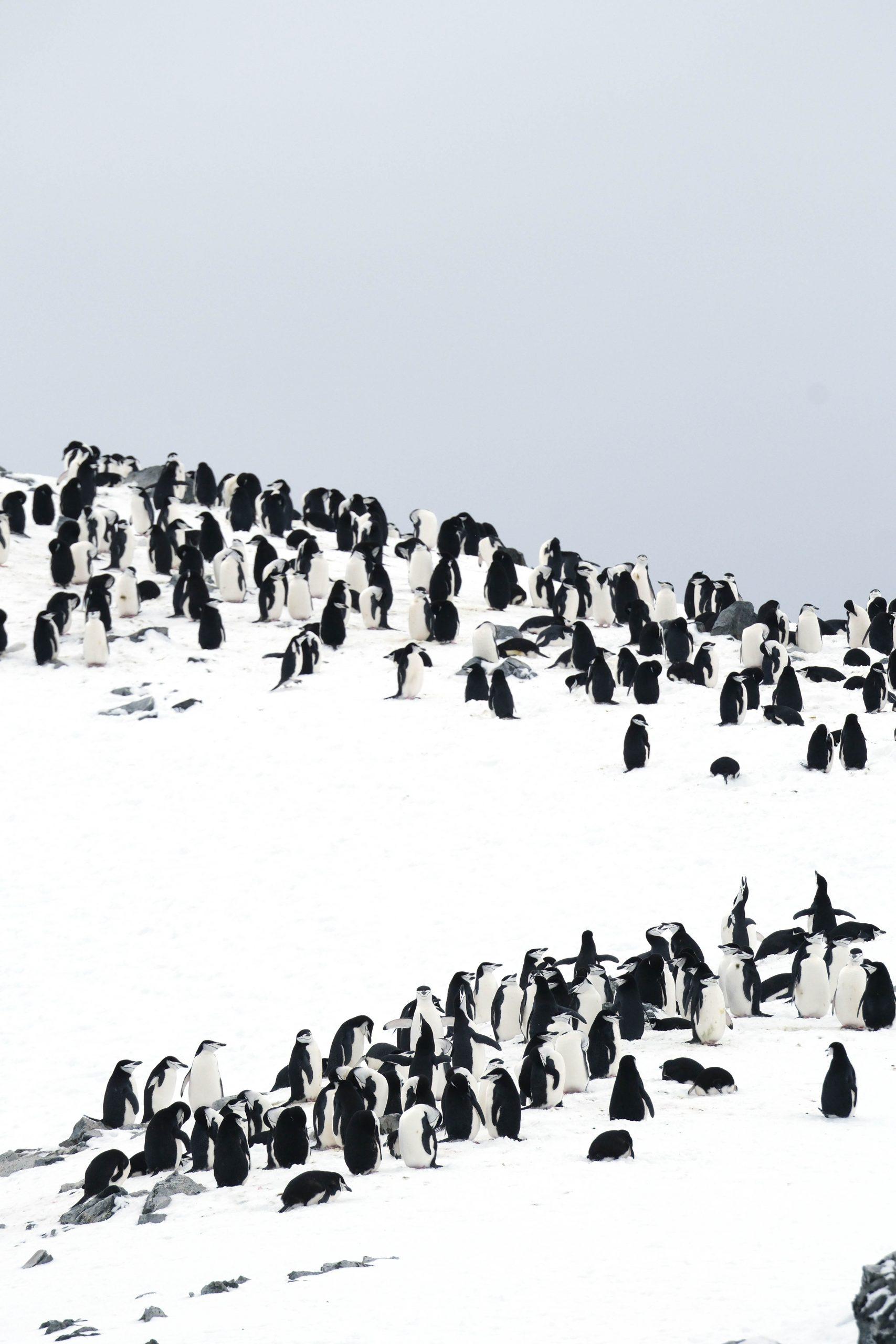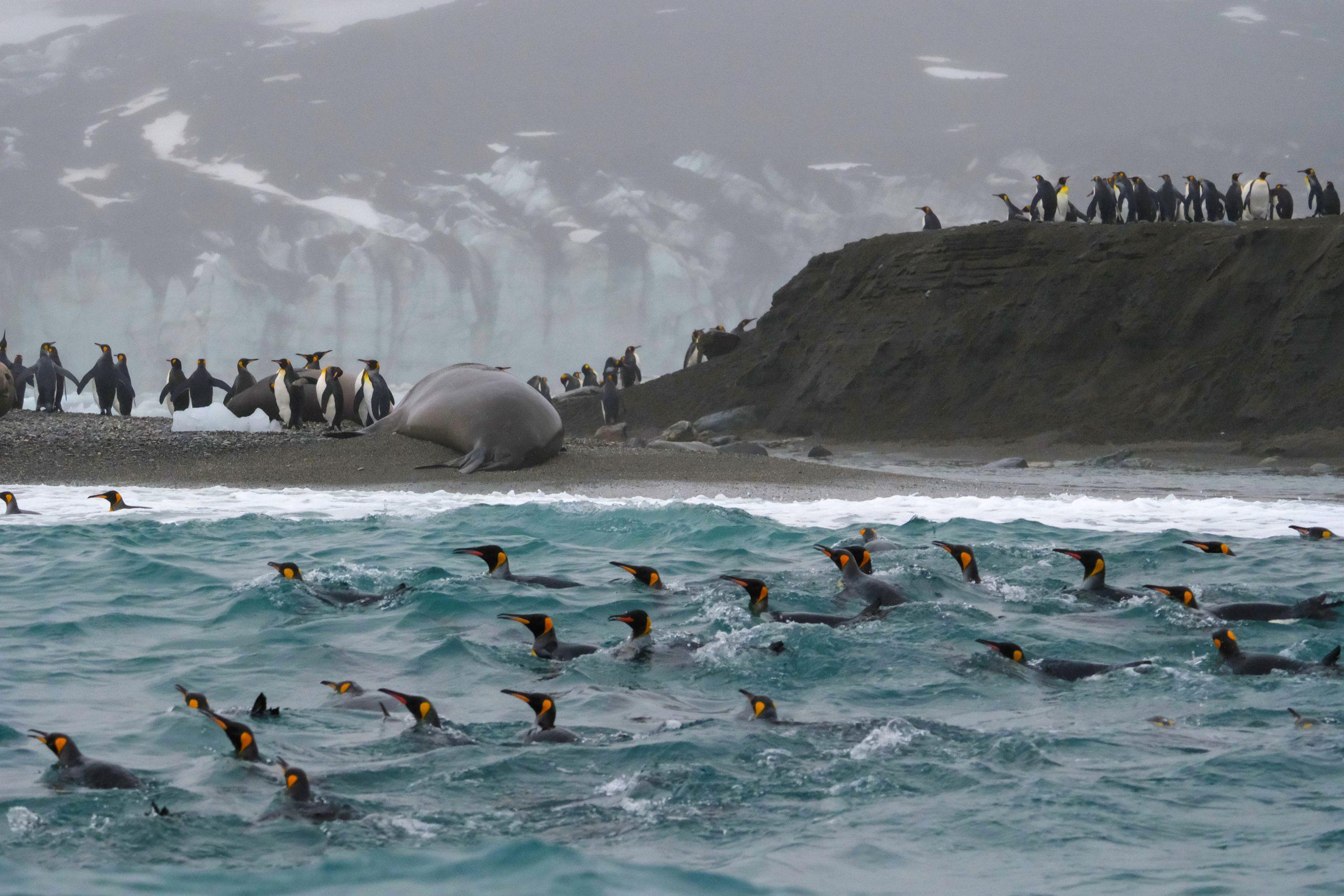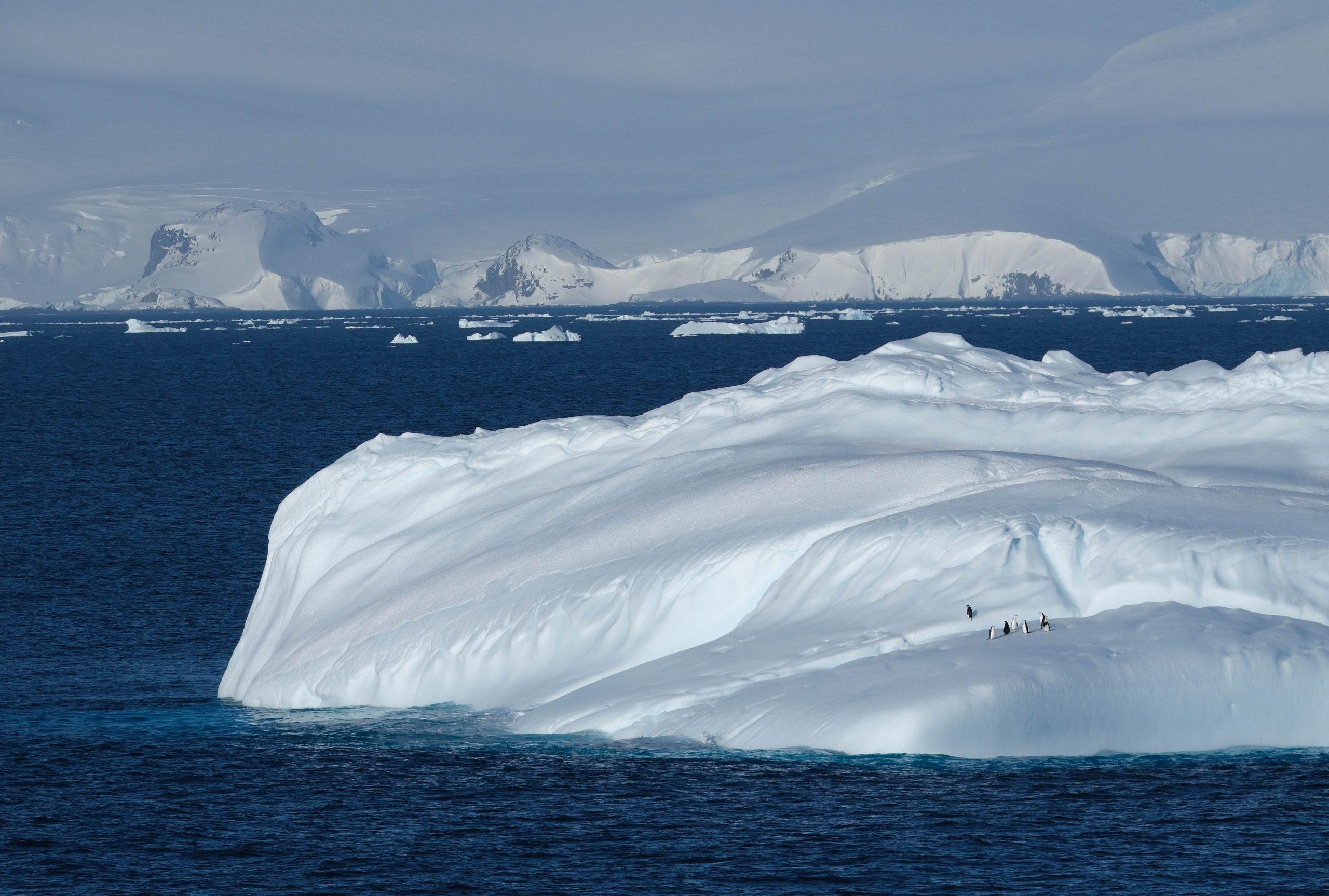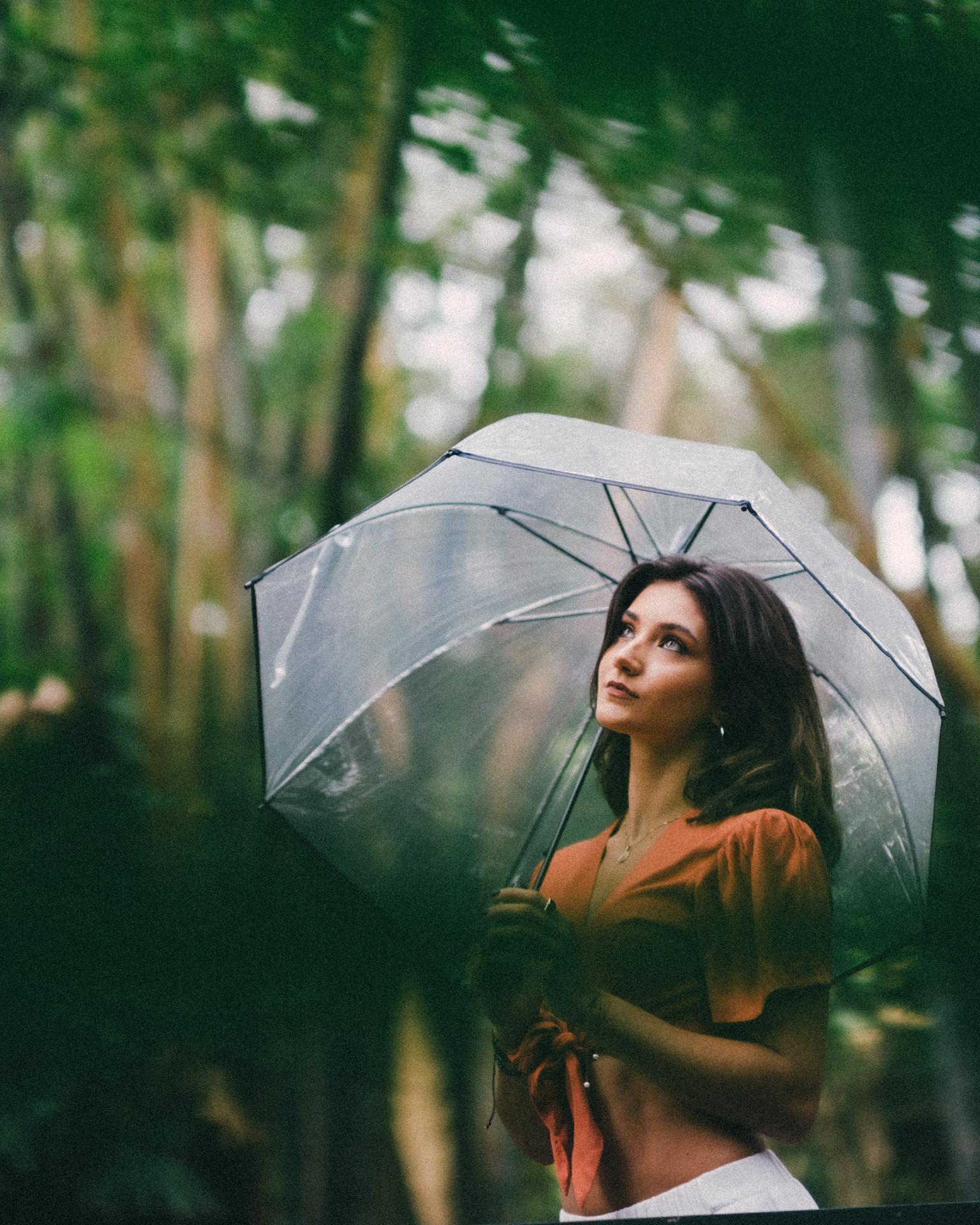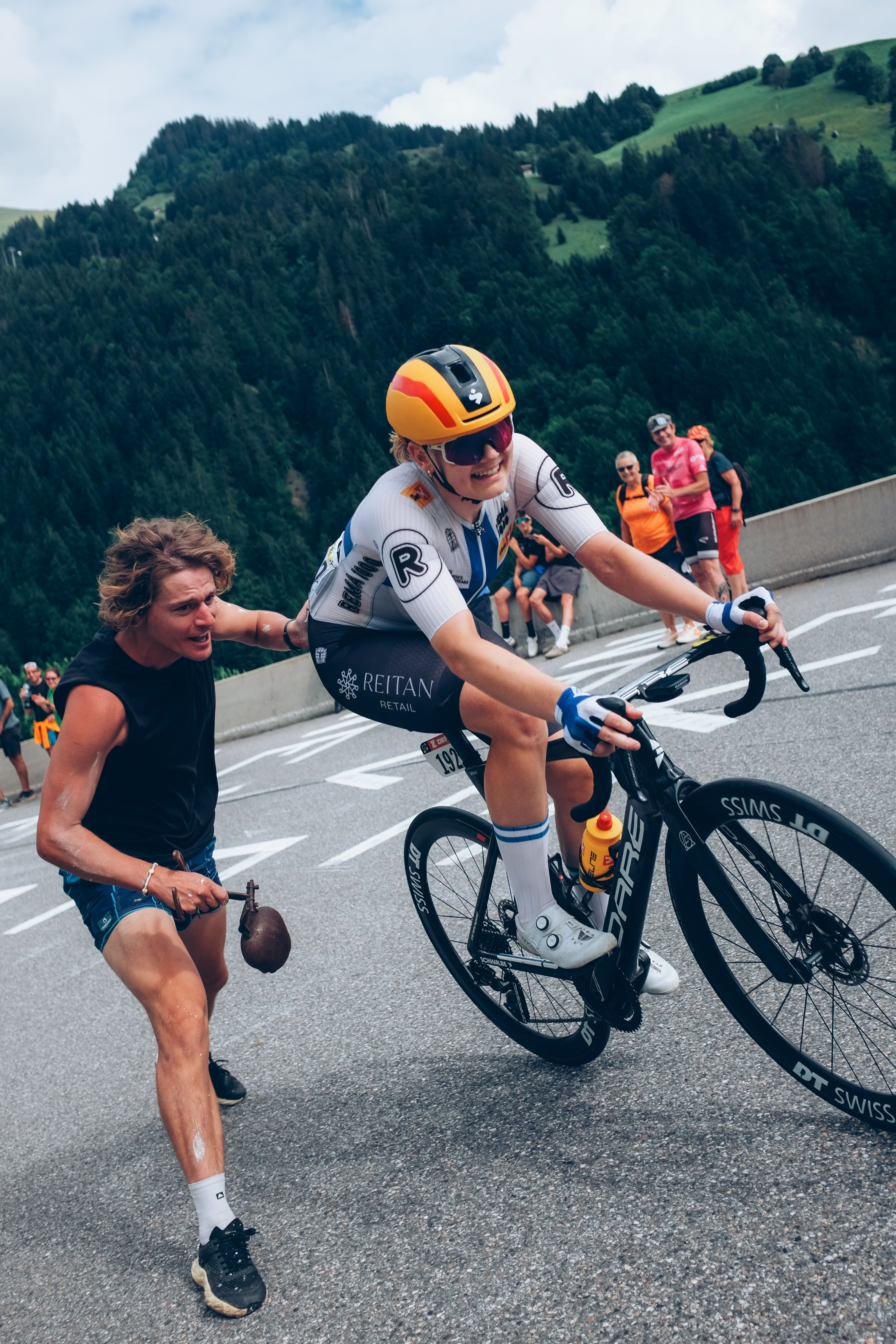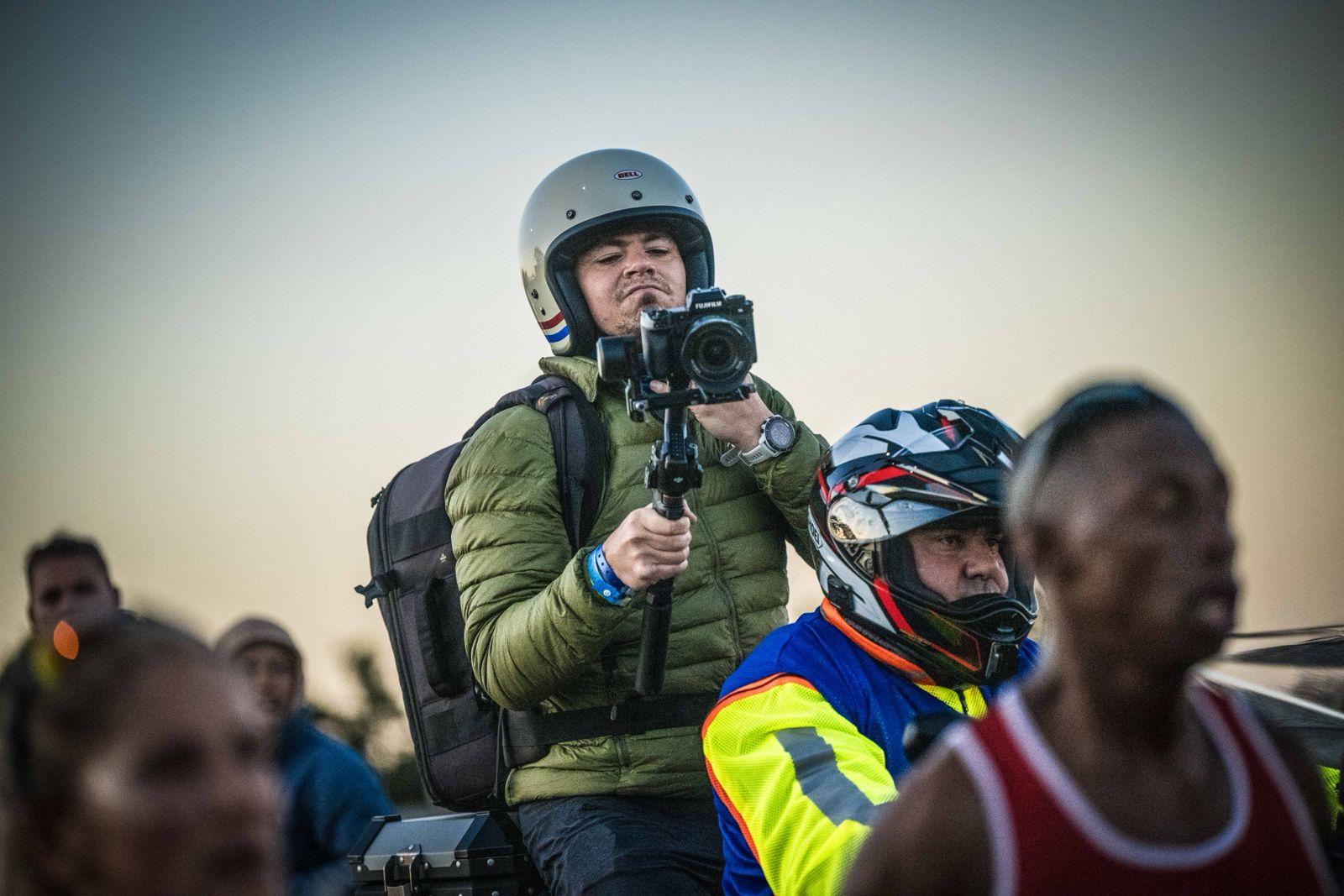USER EXPERIENCE: Toast Coetzer on the Fujifilm X-H2S in Antarctica
Travel writer Toast Coetzer is known for his amazing work in Weg/Go magazine, with his vellies well-worn from his many travels through Africa. For a recent excursion to Antarctica, he had to change into something a bit warmer, taking the Fujifilm X-H2S (and XF150-600mm) along for the trip. We caught up with him as soon as he docked back home.
Can you give a short rundown of your trip to Antarctica?
It was a ship-based wildlife photography expedition aimed at keen amateurs wanting to photograph animals associated with Antarctica and some of the surrounding islands (penguins, albatrosses, elephant seals, whales, etc).
I went with Pangolin Photo Safaris aboard the MV Ushuaia, which departed from the southern Argentinian city of Ushuaia on a roughly 5500 km round trip to Falkland Islands, South Georgia Island, the Antarctic Peninsula and back to Ushuaia – this took us 21 days. The trip took place in October and November 2022.
In terms of photography, which part did you enjoy the most?
This was my first trip to that part of the world, and everything was new. Photographing at sea, or on land in snowy conditions, is radically different from my usual stomping grounds like the Karoo or Namibia. This made all photography challenging, but very rewarding when you got it right.
The five days we spent up and down the coast of South Georgia Island was a definite highlight. The weather smiled on us, and we could make landings at several sites of interest (we used Zodiacs – rubber ducks – to shuttle between our ship and the beach), including the stupendously huge mega-colony of king penguins at Salisbury Plain.
How did the Fujifilm X-H2S perform during the trip?
It was my first time shooting with the X-H2S and it did not disappoint! As with any new camera it takes a little while to get used to it and to explore all the settings, shortcuts and menu detail. But even without dipping into its vast array of specialist features I just loved that it was a camera I could switch on and get shooting with immediately.
Can you share your favourite aspects of the camera, or features you have enjoyed the most?
I never pushed the outer limits of what the camera can do, for example I never shot at a native ISO of beyond 3200 (it can go to 12 800, and extended ISO to 51 200), neither did I try to shoot at the incredible 40 frames per second the X-H2S is capable of. And the X-H2S has superb video specs which I never used either (I’ll have to do another trip!).
In my line of work as a travel journalist, a camera is a piece of gear that gets used outside in adverse weather conditions most of the time. In South Africa that would be heat and dust, but on this trip, it was rain, snow, and icy winds. The body of the Fujifilm X-H2S is weather resistant, and I never had to worry about it – I knew it could take whatever Antarctica threw at it. Ergonomically, it’s a great camera to handle, and even with the long 150-600 mm lens mounted I always felt in control of the camera.
Working within a range of settings that I’m comfortable with (always shooting full manual, always aiming to keep shutter speed as fast as possible and ISO low), the X-H2S handled murky weather conditions very well.
I bought three extra batteries before the trip, worried about the cold and the effect it might have on battery life, but in the end, I rarely had to change batteries while out shooting. Since excursions never lasted more than about three hours (access to penguin colonies, etc., is controlled by conservation guidelines) I never had to worry about my battery running out.
How often did you take out the Fujinon XF150-600mm?
I had a limited number of lenses to play around with, so I kept the XF150-600mm on the X-H2S the whole time. Since we travelled by ship there were many days spent at sea when you could photograph seabirds like wandering albatrosses and giant petrels from the deck when weather (and in my case, seasickness!) allowed.
I also had a Fujifilm X-S10 with XF18-55mm lens. This I used for landscapes and for behind-the-scenes photography onboard – passenger portraits, and photos of the staff doing their thing in the dining hall or elsewhere. When we ventured out to shoot on land, I stowed both cameras into a waterproof bag to keep them out of the sea spray and then alternated between the two once we got to our location.
How did you find the autofocus performance on the X-H2S?
It was brilliant! I was really concerned about, especially the bird-in-flight photography beforehand, simply because it’s not something I often do. Also, this wasn’t your regular bird-in-flight photography where you might be sitting comfortably in a hide where you can stabilise yourself using your elbows. Photographing extremely fast-moving birds (like a pigeon-sized pintado petrel) from the deck of a moving ship which is pitching or rolling several degrees every few seconds is something else!
From the five AF-C settings I mostly used Set 4 (For Suddenly Appearing Subject) but also tried out Set 5 (For Erratically Moving & Accelerating / Decelerating Subject) and Set 3 (For Accelerating / Decelerating Subject) when shooting birds-in-flight. It was still tough going, because the choppy nature of the sea – the background against which you shot half of the time – sometimes led the autofocus astray. Still, I was very impressed with how many ‘keepers’ I had by the end of the trip.
Do you have a favourite image of the trip? Can you perhaps share the story behind it?
Two come to mind, taken under very different conditions. On our final morning at South Georgia Island, we were meant to go ashore and photograph the king penguin and elephant seal colonies at St Andrew’s Bay. But there were so many elephant seals that we couldn’t make any landings in our Zodiacs, so the best we could do was cruise up and down the shore about 50 m from the beach, photographing penguins coming in and out of the surf, and the masses of elephant seals beyond.
The weather was foul: overcast and foggy, then it rained, and then it snowed! In one area the shoreline was interrupted by a small river which ran down from the glacier at the back of the beach. We identified this gap as an interesting setting and made a couple of passes until everybody on the Zodiac got a shot. I love this photo because it truly shows the almost chaotic wildness of South Georgia.
The second shot happened on our final full day off the Antarctic peninsula. Because of weather delays earlier in the trip (rough seas meaning longer time at sea between destinations), we were suddenly very short on time to get the kind of shots we were after.
A typical photograph many wanted in Antarctica was of penguins on an iceberg. You might think that kind of scene presents itself everywhere, but it doesn’t! We were lucky that our captain found a flotilla of pretty icebergs and lo and behold, one of them had a group of chinstrap penguins on! We went around the iceberg two or three times so everyone could come out from below deck to capture the scene. The light was bright and sunny and the sea calm, which made it all easy.
Having completed the trip, do you have any photography tips for other travellers looking to take the journey south?
I learnt a lot from other photographers on the trip, both from the pros and the amateurs. Guts Swanepoel from Pangolin Photo Safaris was the lead guide for our group (we shared the ship with an American group lead by Marc Muench and his team from Muench Workshops) and his work ethic was incredible to witness. Because he had done upwards of 30 Antarctica trips his knowledge of the various sites – and which photo opportunities they offer – was invaluable.
As a newbie I found it overwhelming at times to figure out what to photograph – being amidst 200 000 king penguins is as trippy as it gets! My advice would be to scroll through the work of other photographers in advance (those who have visited the same sites), pick the shots you’d like to emulate and make that your priority when you reach that site. Having a shot-list in your mind provides a sense of order.
It is essential to have two cameras (one with a big zoom, another with a wide-angle) so that you won’t have to change lenses while you’re out and about. The sites can be challenging (wind, rain, snow) and you waste valuable shooting time if you have to fiddle too much with your gear.
Where can people find more of your work and read about the trip?
My Instagram is @toastcards where I’ll be sharing images from this trip on and off for the rest of the year (at least!). A three-part series of articles will run in Weg and Go magazines starting in the April-May 2023 issue. I’ve also been posting extensive behind the scenes diary-style Insta stories about the trip on @menseselense(the Weg Instagram account) – just click on the Story Highlights. Anyone keen to experience something similar, check out www.pangolinphoto.com for future expeditions.
All images used with permission from Toast Coetzer, with copyright belonging to him.

